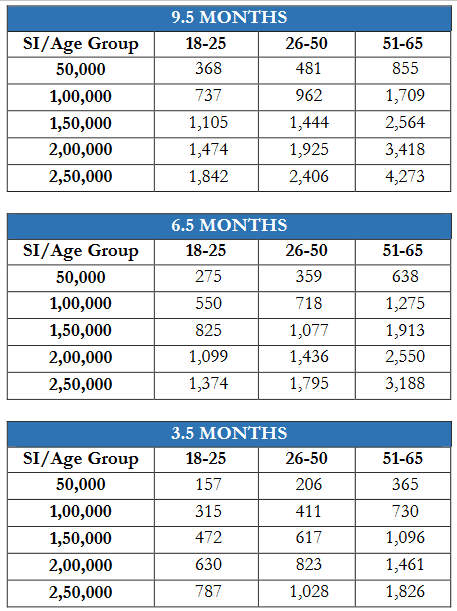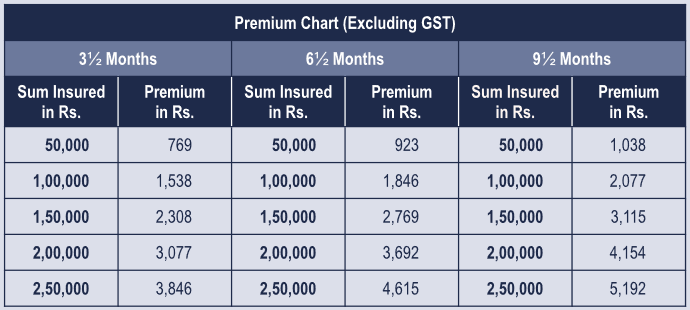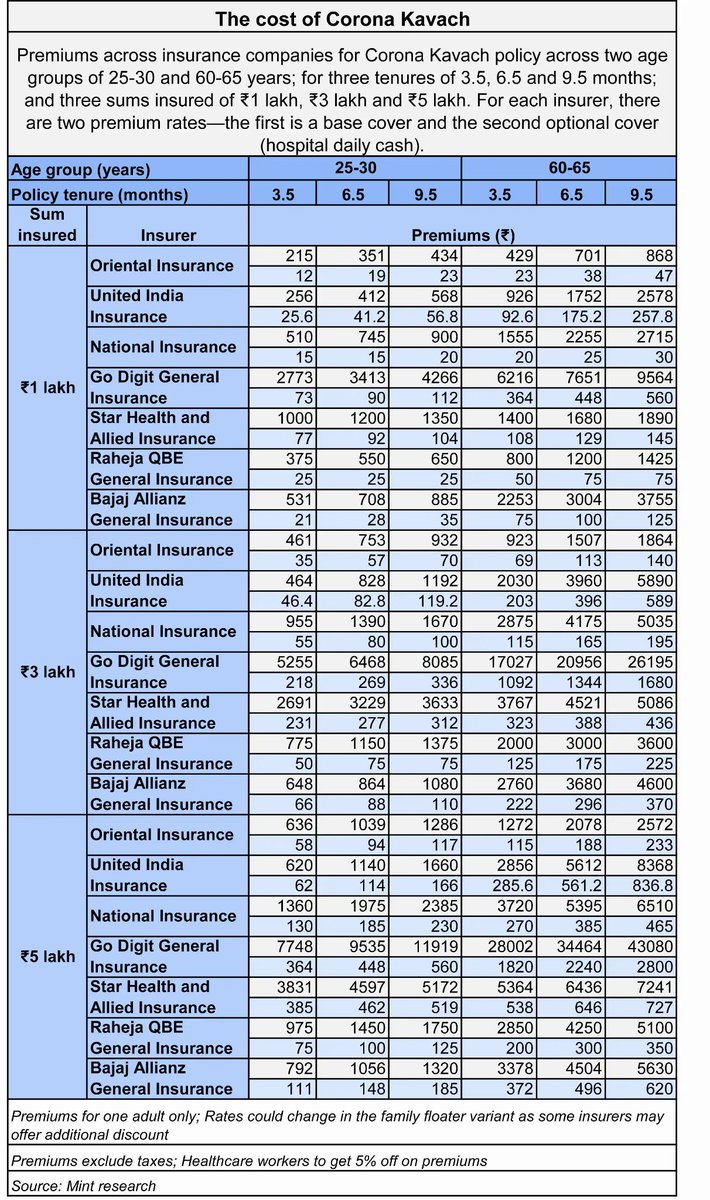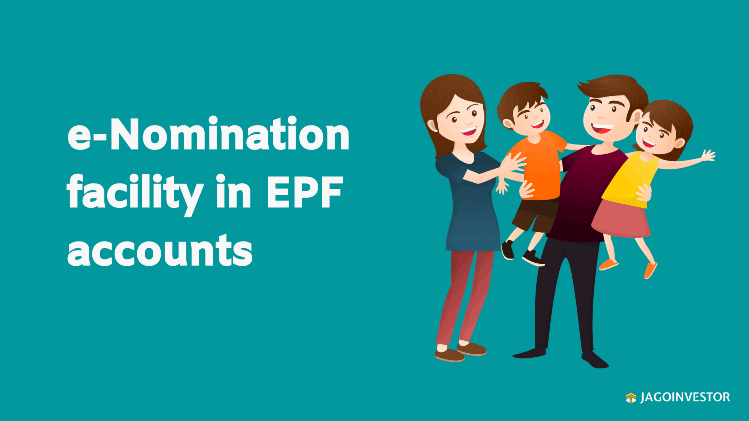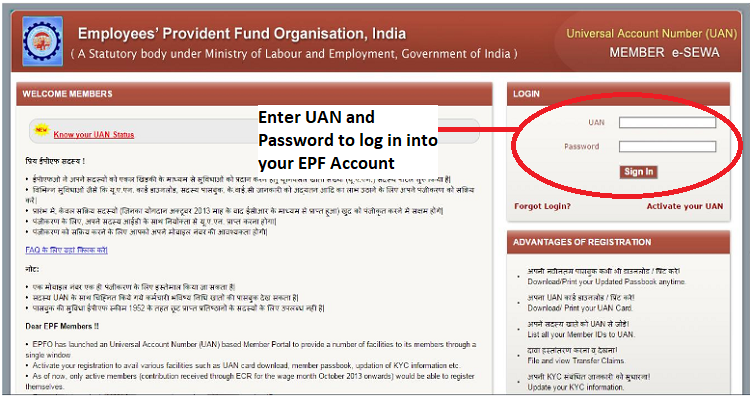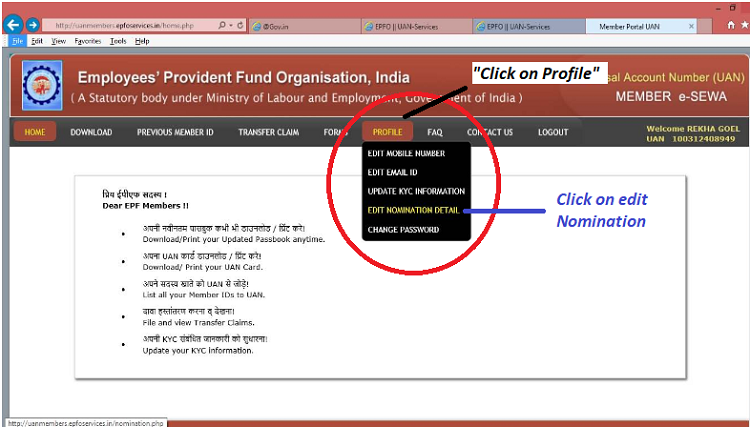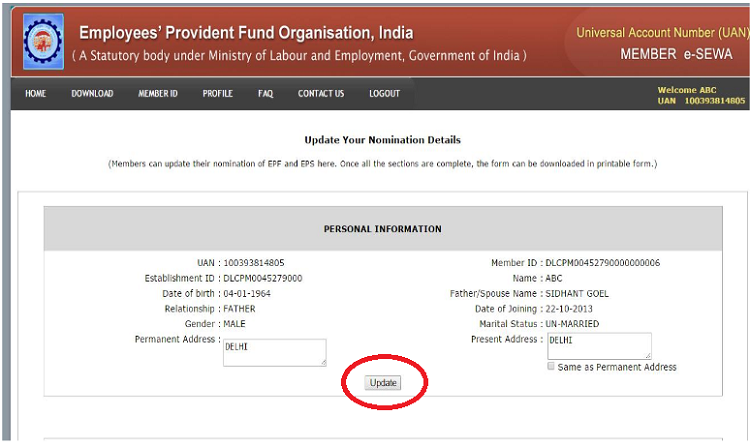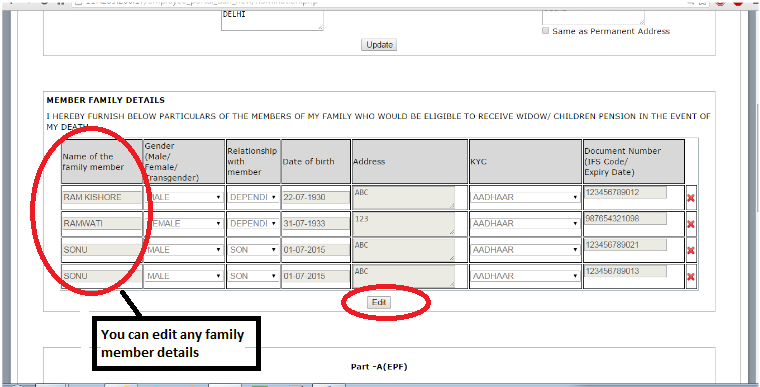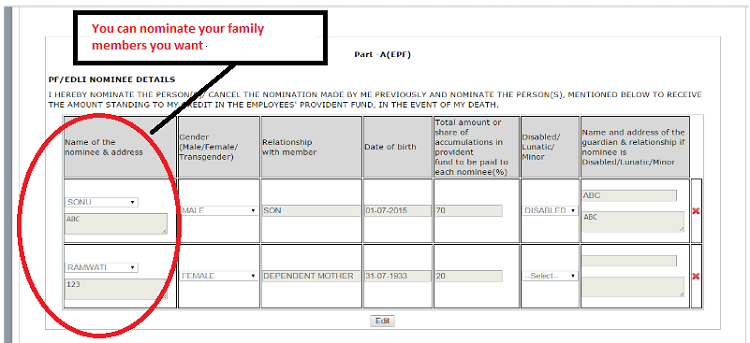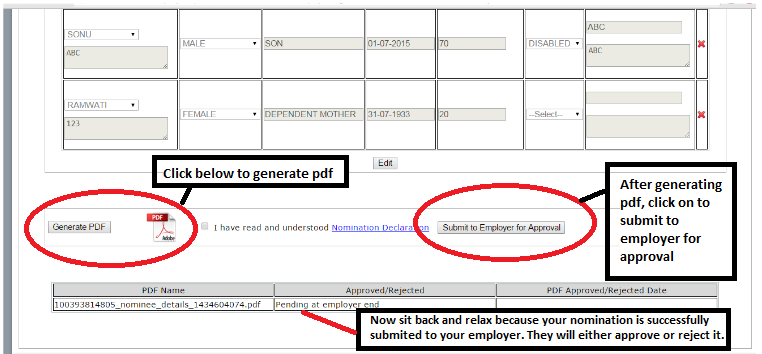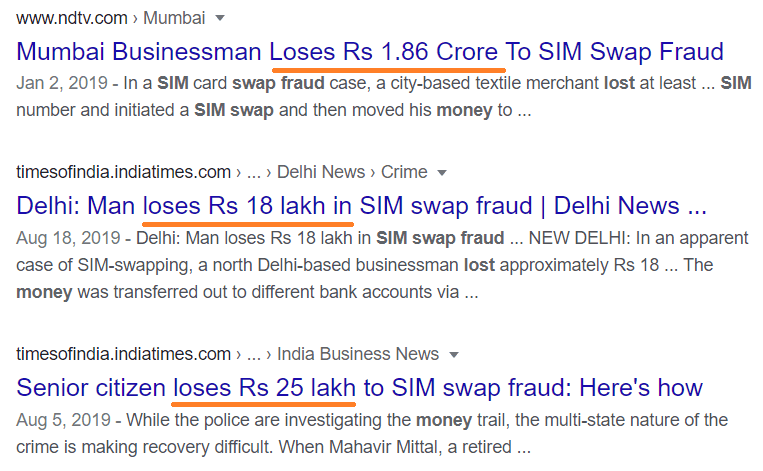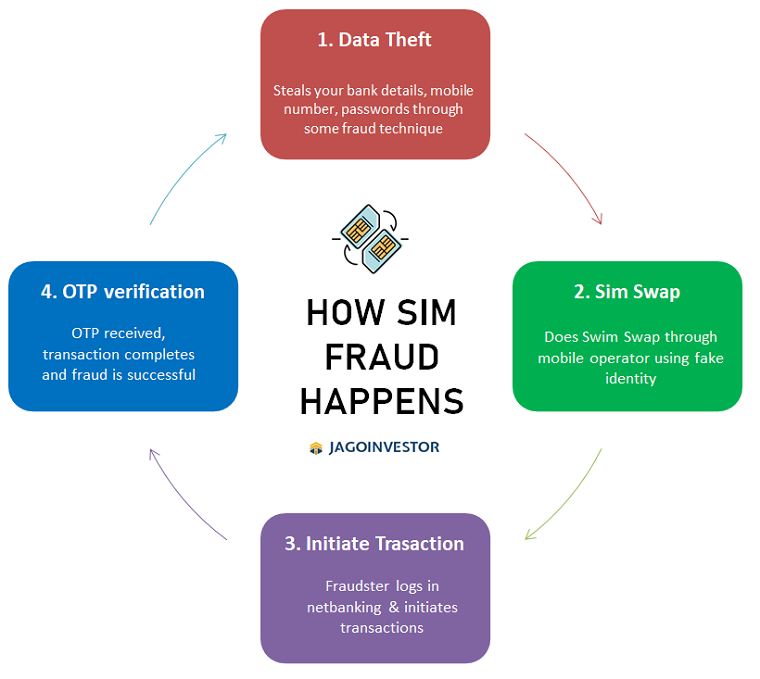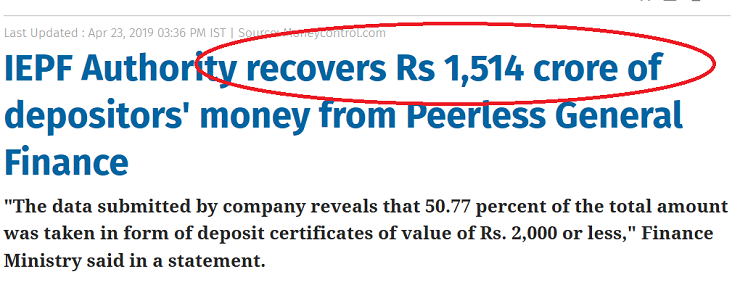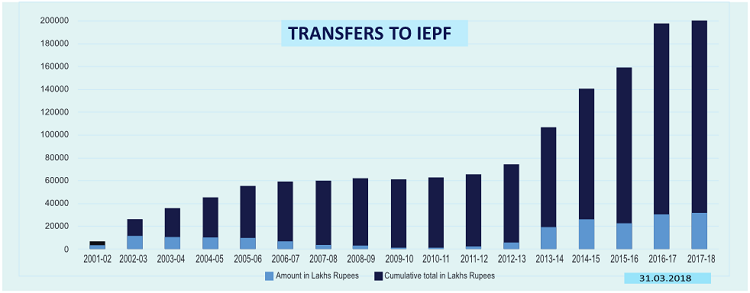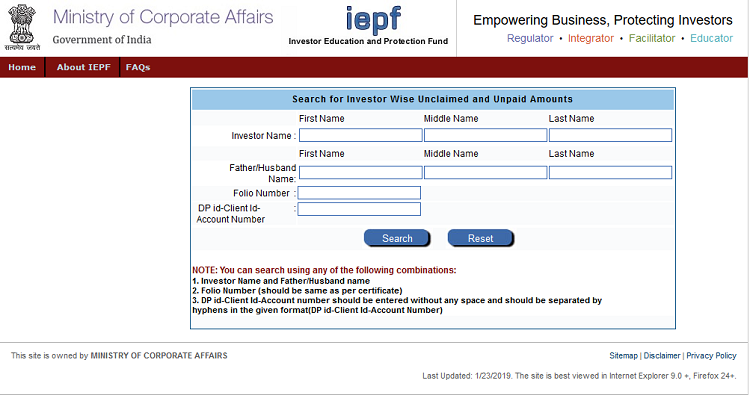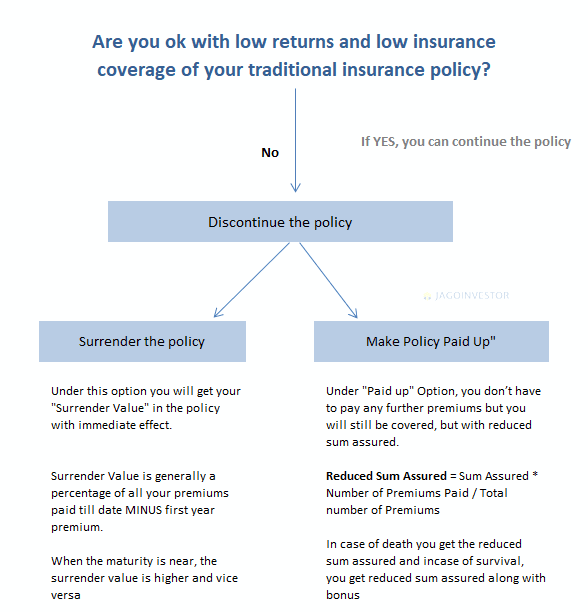The investment product which I will be talking about in this article will meet all your requirement as a senior citizen.
It is called as “Senior Citizen Saving Scheme”. It is one of the safest investment products because it is sponsored by the Government of India.
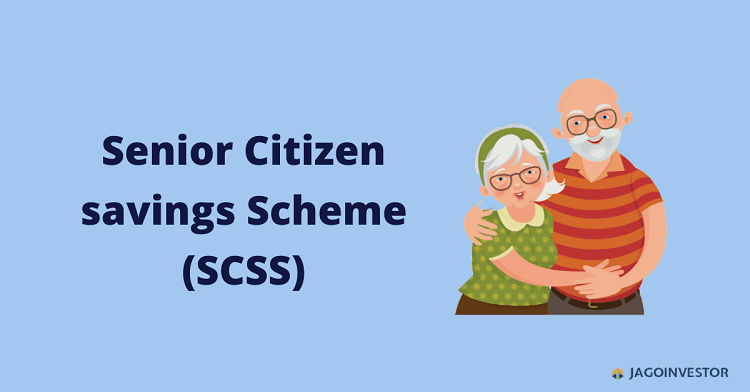
What is SCSS?
Senior Citizen Savings Scheme (SCSS) is a government-sponsored savings instrument for individuals above the age of 60. It is one of the safest saving instrument for senior citizens, because it is a government-owned product and there is no risk of the capital loss. The purpose of this scheme is to provide a steady and secure source of income to senior citizens for their post-retirement phase.
The basic requirement a senior citizen will want from his/her investment is two basic things – safety and regular income. The Senior Citizen Savings Scheme (SCSS) meets these two requirements, and you get the tax benefit under section 80C on the amount invested.
Individuals can apply for this scheme from Post Offices, Public and Private Banks. The current rate of interest this scheme is offering is 7.4% (it changes from time to time). Both the spouses can open a single account and joint accounts with each other. Multiple withdrawals from an account will not be permitted.
Features of SCSS –
a) Interest Rates are revised Quarterly –
The interest rate under this scheme is revised every quarter (3 months) which goes to 4 times in a year. The interest rates are determined depending on the economic conditions such as inflation etc.
Past 2 yrs interest rate of this scheme (201 and 2019) –
[su_table responsive=”yes”]
| 2018 – 2019 (Q1) | 8.3% |
| 2018 – 2019 (Q2) | 8.3% |
| 2018 – 2019 (Q3) | 8.7% |
| 2018 – 2019 (Q4) | 8.7% |
| 2019 – 2020 (Q1) | 8.7% |
| 2019 – 2020 (Q2) | 8.6% |
| 2019 – 2020 (Q3) | 8.6% |
| 2019 – 2020 (Q4) | 8.6% |
| 2020 – 2021 (Q1) | 7.4% |
b) Minimum and Maximum Deposit Allowed under this Scheme –
The minimum contribution a senior citizen can make in this scheme is Rs. 1,000 and a maximum deposit of Rs. 15 Lakh can be made.
For example, if Mr Sharma receives Rs 13 Lakh as a retirement benefit, then he can invest up to that amount in the scheme. This clause applies irrespective of whether the account is held individually or jointly. However, one can only open a joint account with his/her spouse.
But, if an individual holds multiple accounts under this scheme, then the total amount deposited in all such accounts shall not exceed the maximum limit of Rs 15 Lacs.
c) Tenure of this Scheme –
The maturity period for the SCSS scheme is 5 years. However, it can be extended for another 3 years, effectively bringing up the total period to 8 years. In order to extend the tenure by 3 yrs, the individual will have to submit Form B after duly filling it. An extension in the tenure will be allowed only once. Once the extension is approved, the interest rates will be the applicable quarterly basis.
For instance, Ms Sita has deposited Rs. 7 Lakh under SCSS in April 2014, when the interest rate offered was 9.3%. However, when she extended this scheme in April 2020, the interest rate she was eligible to earn stood at 8.4%.
d) Premature Withdrawal and Closure –
An individual can withdraw prematurely from their account under this Scheme only after one year of opening the account. However, for any reason, if an individual closes their account before the completion of 2 years, 1.5% of the deposited amount will be deducted as penalty.
Premature closure of the account is allowed with some penalty. If the account is closed after the first year and before the end of the second year, an amount equal to 1.5 per cent of the deposit shall be deducted as penalty. If the account is closed on or after the second year, an amount equal to 1 per cent of the deposit shall be deducted.
For instance, if Mr Shah deposits Rs. 5 Lakh in Senior Citizen Savings Scheme on 1st March 2018 and closes it on 6th February 2020, he will have to bear a penalty of Rs. 7500. But, if the investor is deceased before the maturity of their account, no penalty will be charged.
e) Mode of Investment –
The mode of investment under this scheme will be either cash or cheque. If the investment amount is below Rs 1 Lac then the amount can be invested through cash. But if the investment amount exceeds Rs 1 lacs then the investment can be done only through cheque.
f) Capital is Secure –
As you all know that this scheme is purely governed by the Government of India that is why the capital invested is fully secured under any circumstances.
g) Interest Payout –
As we know that Interest is calculated on a quarterly basis, the interest will be credited to the account every quarter, on 1 April, 1 July, 1 October, and 1 January. If the interest payable every quarter is not claimed by an account holder, such interest shall not earn additional interest.
h) Nomination Facility –
On the time of opening the account, the senior citizens can also attach nominee to this account so that if something happens to the senior citizen then his/her money will go to the nominee.
Taxation of SCSS –
Investments made under SCSS are eligible for tax deduction under section 80C of the Income Tax Act, 1961. According to the current rules, if your interest earnings from SCSS are more than Rs 50,000 in one fiscal year, you are liable to pay TDS (Tax Deducted at Source) for the interest earned.
Eligibility Criteria of SCSS –
a) An individual who is a citizen of India can open this account in an individual capacity or jointly with a spouse.
b) Non-residential Indians (NRIs) or a Person of Indian Origin (PIOs) cannot invest in this scheme. Also, Hindu Undivided Family (HUFs) do not qualify for this scheme.
c) As this is a senior citizen savings scheme, so any resident of India aged 60 years or above is eligible to open an account under this scheme. However, there are few exceptions to the age bar:
- Retirees in the age group of 55-60 years who have opted for Voluntary Retirement Scheme (VRS) or Superannuation are eligible to avail the scheme if they apply for the same within one month of gaining their retirement perks.
- Retired defence personnel can avail this scheme irrespective of their age, provided they fulfil all other conditions.
d) Nomination under this scheme can be done only in favour of resident Indians.
Documents required for opening the SCSS Account –
a) Proof of ID and address (any one of the following) –
- Aadhaar card
- Passport
- Driving licence issued by Regional Transport Authority
- Voter ID card
- Job card issued by MNREGA signed by State Government officer
Note – The above document has to be self-attested.
b) Additional documentation if the investor is less than 60 years –
- Certificate from the employer indicating the details of retirement on superannuation or otherwise, retirement benefits, employment held and period of such employment with the employer
- Proof of date of disbursal of retirement benefits (the date of opening of an account under this Scheme should be within one month of the date of receipt of the retirement benefits)
c) In addition to the above documents, PAN card is mandatory.
How to Open an Account under the Senior Citizen Savings Scheme?
An SCSS account can be opened with a post office or any of the private or public banks in India. The procedure for both is similar, and is mentioned below –
Step #1 – Visit your nearest bank branch or Post office branch
Step #2 – Submit the Duly filled up Form A
Step #3 – Submit the original and photocopies of all the necessary documents mentioned above, broadly address and identity proof.
Step #4 – Submit the age proof with all the above documents.
List of few public sector banks which offers to open SCSS Account to their senior citizen customers –
You can click on the below banks to see the form of SCSS.
[su_table responsive=”yes”]
|
|
|
|
|
|
|
|
|
|
[/su_table]
Conclusion –
So this was all that I wanted to share about Senior Citizen Saving Scheme. If I have missed out on any point then you can highlight in the comment section.


